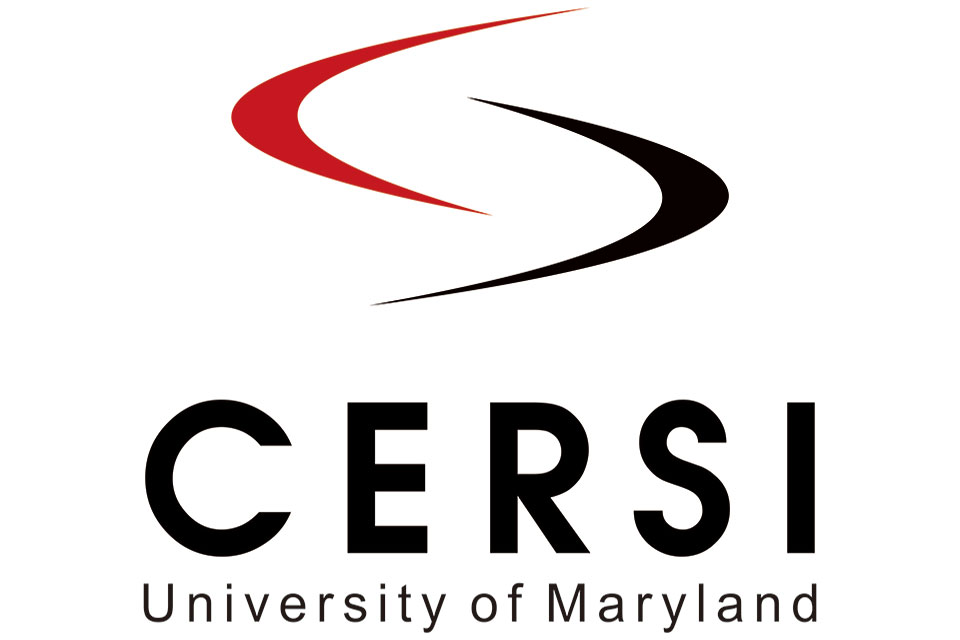CERSI Conference Shows Quality is Key in Patient-Centric Drug Development
Researchers discuss how to leverage a variety of dissolution and translational modeling strategies to ensure patients continue to have access to safe, effective medications.

By Malissa Carroll
June 27, 2017
The University of Maryland School of Pharmacy welcomed more than 150 researchers from across academia, government, and industry to Pharmacy Hall in May for “Dissolution and Translational Modeling Strategies Enabling Patient-Centric Product Development,” a multi-day conference organized by the University of Maryland Center of Excellence in Regulatory Science and Innovation (M-CERSI) in collaboration with the Food and Drug Administration (FDA). To help address regulatory agencies’ need for a patient-centric assessment of drug product quality in today’s global pharmaceutical environment, the conference featured numerous presentations and breakout sessions that aimed to help attendees better understand the use of dissolution and modeling/simulation approaches in drug product approvals and highlight novel approaches for developing new dissolution testing methods.
“Ensuring quality over the course of a drug product’s life cycle can be challenging,” said James Polli, PhD, the Shangraw/Noxell Endowed Chair in Industrial Pharmacy and Pharmaceutics in the Department of Pharmaceutical Sciences (PSC) at the School of Pharmacy and co-principal investigator for M-CERSI. “The organizers of this conference worked tirelessly to put together an event that I am confident will facilitate many fruitful discussions and help advance our collective understanding of the role of dissolution testing in promoting drug product development and assessment. My special thanks to Dr. Sandra Suarez Sharpe for her efforts to organize the FDA’s participation in this workshop, as well as to the regulatory representatives from Europe, Canada, and Japan who attended our event.”
Drug dissolution testing is an analytical test used to detect physical changes in a drug’s active pharmaceutical ingredient as well as in the finished drug product. It is a requirement for all solid oral dosage forms and provides researchers in regulatory agencies and industry with important in vitro (outside of a living organism) drug release information for both quality control and drug development purposes.
Because it is a key enabler of drug product development and often required by regulatory agencies such as the FDA to justify certain process and formulation changes, effective strategies for developing in vitro dissolution testing methods and establishing corresponding acceptance criteria to ensure product quality are needed throughout a product’s life cycle. However, recent advances in formulation and manufacturing technologies, evolving regulatory expectations, and the development of new testing methods have resulted in inconsistencies in dissolution terminology, limitations for the current regulatory framework, and a lack of understanding on how to effectively implement in vitro and in silico (computer-simulated) approaches to advance product understanding.
“Over the past two decades, we have identified a number of issues related to dissolution testing that remain relevant today,” said Lawrence Yu, PhD, deputy office director for the Center for Drug Evaluation and Research (CDER) at the FDA, in his opening remarks. “My hope is that this conference becomes a starting point for discussions about how we can make progress in this field. Whether it is in how we collect our data or leverage new mathematical modeling approaches, there are many opportunities of which we can take advantage.”
The conference kicked-off with a day of presentations and breakout sessions dedicated to helping attendees better understand the role of dissolution testing in drug product development and as a quality control test. Presenters spoke about the challenges and opportunities that currently exist in the development of new in vitro testing methods to guide product development as well as the justification of quality control method conditions and acceptance criteria.
“Product quality is truly the foundation on which safety and efficacy rests,” said Sarah Pope Miksinski, PhD, office director for CDER at the FDA. “Think about the parent who is awake at 3 a.m. looking for a medication for his or her sick child. That parent is not thinking about the quality of that medication at that moment. He or she expects that the medication will work exactly as its intended. That is a really powerful concept, and it is inherent on us as regulators to remember individuals like that parent, and to make the right decisions using the best available evidence as we review and approve new medications for consumer use.”
During the second day, attendees learned more about the need to establish an in vitro-in vivo (inside of a living organism) link for dissolution testing, including novel approaches and in silico tools currently used in the development of dissolution and permeability testing. The conference concluded on the third day with a discussion of the regulatory applications for dissolution testing.
“This conference truly exceeded my expectations,” said Rob Ju, PhD, head of dissolution sciences for AbbVie. “I am thrilled to have been involved in the many meaningful, logical discussions held over the past three days and cannot wait to attend the next workshop. The knowledge that I gained here will certainly have a lasting impact on my work.”
“All of us attended this conference because we care about patients,” added Andreas Abend, PhD, director at Merck. “Patients rely on the quality of the medications that we develop, and it is our responsibility to ensure that those products work every time they are consumed. It is also symbolic that this event was held at the University of Maryland School of Pharmacy. When you enter a university, you are most likely there to teach or to learn. I think that approach can be applied to many of our attendees — we are all here to learn, to teach, and to influence the direction in which science will lead us.”
Support for the conference was provided in part by AbbVie, Merck, and Novartis.



